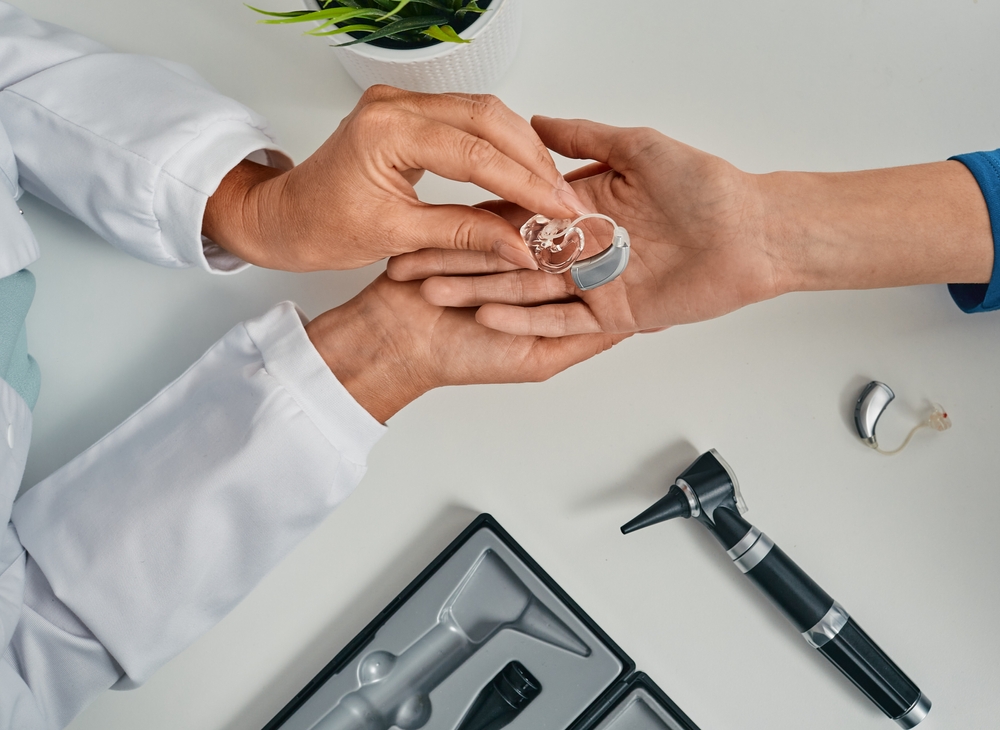
Hearing aids perform a crucial role in enhancing sound clarity and enriching daily communication. To keep them performing at their best, regular maintenance and professional cleanings are crucial. As a result of extended use, a buildup of earwax, moisture, and other particles can happen, causing functionality to decline. Identifying when to find professional servicing can help extend the longevity of your hearing aids and maintain optimum performance.
The importance of professional hearing aid cleaning
Even with consistent at-home care, hearing aids gradually collect buildup that might impact sound quality and performance. Professional maintenance offers numerous major benefits:
- Deep Cleaning– Removes earwax, dust, and moisture that everyday cleaning tools may not successfully eliminate.
- Increased Performance– Removes blockages that can cause muffled sound or distortion.
- Improved Longevity – Helps to avoid early deterioration, thereby minimizing the need for repairs or replacements.
Regular skilled cleanings keep your hearing aids functioning efficiently, minimizing the risk of unexpected malfunctions.
Signs your hearing aids need professional servicing
If you’re uncertain whether it’s time for an expert cleaning, look for these typical warning signs:
- Unclear or Jumbled Audio: If voices and background sounds seem faint, muffled, or altered, the issue might be caused by obstructions, such as earwax or debris, impeding the device’s microphone or speaker.
- Persistent Whistling or Feedback: A high-pitched screeching sound (feedback) can signify wax buildup or a poor fit. Professional cleaning can help in clearing blockages and fine-tuning the fit accurately.
- Issues with Volume Control: If changing the volume doesn’t seem to have the intended effect, internal components may require repair or software reset.
- Moisture-Related Malfunctions: Excessive moisture can damage internal parts, resulting in sporadic sound loss or broken buttons. A skilled expert can assess and resolve issues caused by moisture or water damage.
- If you observe an obvious increase of wax or dirt on your hearing aids, it is recommended to get them professionally cleaned for a more extensive elimination compared to cleaning them at home.
- Use precision tools to eliminate wax, dirt, and moisture without damaging delicate parts.
- Confirm the proper performance by examining and repairing any broken components.
- Check software and hardware for any performance issues impacting sound quality.
- Swap out any tubing or filters that might be impacting the performance of the device.
- General maintenance should be carried out every 3 to 6 months.
- More frequent cleanings are recommended for people predisposed to excessive earwax accumulation or those living in humid environments.
- Dealing with small problems promptly can help avoid expensive repairs down the road.
What does a professional hearing aid cleaning look like?
A complete cleaning service not only keeps your devices in good working order but also guarantees peak performance and efficiency. During the appointment, specialists will:
How frequently should you schedule professional upkeep?
The regularity of professional cleanings relies on factors including earwax production, moisture levels, and usage practices. General recommendations include:
Keep your hearing aids in top condition
Regular professional maintenance is crucial for maintaining your hearing aids and ensuring clear, high-quality sound.
If distorted sound, echoing, or technical issues are interrupting your experience, it’s likely that a thorough, expert cleaning is in order.
Set up an appointment for your hearing aid cleaning and maintenance now.